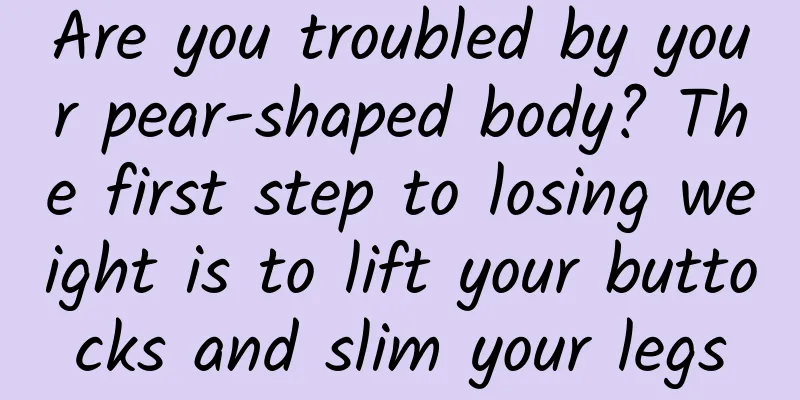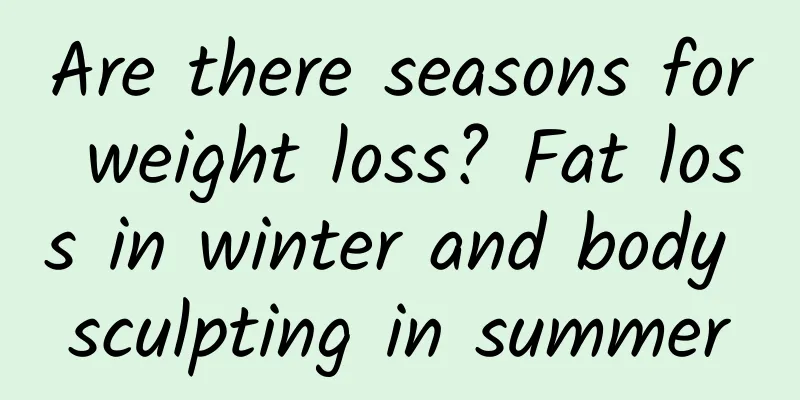It’s not effective just by holding on for a long time! The effect of 5 minutes of stick type is almost the same as 1 minute

|
This article is a collection of the observations and improvement techniques that Muscle Dad has made while teaching his students how to do the plank pose. It tells you how to practice the plank pose, understand the plank pose, and then how to make some variations of the plank pose; as well as how to incorporate the plank pose into your daily exercise to allow the plank pose to play its role, helping to train your core or the abdominal area, and even helping you lose weight. Plank pose is a very common exercise movement nowadays, but think about it, why do you do plank pose? Question 1: "Can I have abdominal muscles by doing the stick pose?" In fact: Well... not directly! If your purpose is to get rid of belly fat, and you only do the plank pose without doing anything else, you won't have abdominal muscles even if you can hold it for ten minutes. If you do the plank pose well, and then do the variations of the plank pose well, and combine it with other movements, the exercise intensity will be sufficient and the calories burned will be sufficient. Combined with dietary calorie control, your abdominal muscles will "show up"! For beginners, whose limb strength and coordination are not strong enough, they can use simple stick poses and simple lower body exercises to easily achieve whole-body exercise. Example 1: Low intensity, simple movements: Use the four-movement combination of basic bodyweight squat + stick pose + lunge + stick pose with hands touching the waist alternately. You can do each movement 10 to 20 times or 20 to 30 seconds continuously, then rest for 20 to 30 seconds, and repeat several rounds. Example 2: Intensity increase, movement difficulty increase: Use a combination of squat jumps + stretching your hands forward alternately with stick style + single-leg lunge kicks + supporting your body with your hands alternately with stick style. You can also set each movement to be done 10 to 20 times or 20 to 30 seconds continuously, then rest for 20 to 40 seconds, repeat several rounds, or adjust the number of times and rest rhythm according to your physical fitness. Note: Everyone has different physical fitness and levels, and can do different intensities of exercise. You should choose the appropriate movements for yourself, adjust the appropriate rest time, and achieve an intensity that suits you. If you relax too much, there will be no significant effect; if you are too tired, you will feel uncomfortable. You can add or change to other movements to achieve a full-body exercise with sufficient intensity! Question 2: "Is doing the plank pose a core exercise?" In fact: Well... the plank pose will train the core, but we must first understand what the so-called core is. We know that we can train our core on the mat, such as doing plank-like movements with our hands on the ground, or doing abdominal exercises while lying down. So can we train our core while "lying down" or "standing"? The core muscles include the muscles of the pelvic area, hips, abdomen and lower back. In the middle layer, there are the transverse abdominal muscles, multifidus muscles, quadratus lumborum muscles, internal oblique muscles, diaphragm, pelvic floor muscles, etc. If the deep and outer layers are included, the core muscle groups will be wider and the training methods will be wider. Therefore, core exercises will not only be done on the mat. Standing can also be regarded as a kind of plank pose, which allows the body trunk to be stable to exert force. legend: Using tools such as Rip elastic sticks, elastic ropes, TRX ropes, etc., is an idea of doing stick poses while standing. Through tension, resistance, body weight and movement force, these are training methods that require constant participation of the core. Standing, squatting, jumping, lying, and prone can all train the core and all parts of the body! Therefore, the core needs to be activated in any posture. Standing on the bus or on the subway requires core strength. Running, cycling, and swimming all require the core. Weighted squats or weightlifting also require the core! The plank pose on the mat is only part of it. Complete core and full-body training requires different movements and angles to strengthen. Don't limit your core training to the mat! Question 3: "How long should I hold the plank pose?" In fact: as long as the posture is correct, you don’t have to insist on holding it for a long time, unless you care a lot about the duration! Why? Holding on for one minute or five minutes actually has no effect on your appearance, nor does it have any significant effect on improving your body functions. To change your appearance you need a certain degree of muscle development and not too much body fat, so exercise intensity is more important, including muscle strength and cardiopulmonary load! So if you can do the plank pose very standardly, whether you can hold it for one minute or five minutes is up to your preference. If you get tired after holding it for five minutes, then you can think about whether you can challenge yourself with other plank pose variations that will allow you to not be able to hold it for 30 seconds. This means that the intensity of your exercise has increased! The plank pose is a very common exercise movement nowadays, but it is generally difficult to perform the movement in a standard way. The basic requirements are: ●Is the scapula fixed? ●When doing this, can you control and tighten your hips and thighs at the same time to keep your body fixed and stable? If the posture of the stick pose is not correct, it will have a lot of impact. Then, when you make changes to the stick pose, it will make the movement difficult to perform, resulting in incorrect force output and greatly reduced results. I wonder if you have had the following experiences when exercising: not exerting force on the abdominals when doing mountain climbing pose, which results in "sore legs"; using too much force in the hands, so the body slides on the mat (in fact, if you exert force correctly, even if you sweat, your hands will not slide on the mat when doing plank pose or varying movements such as lifting your hands and feet!)... If the above situations have happened to you, it means that you have not really used your core muscles! Common mistakes are: ● Pushing with hands to move the body backwards Raising the hips too high Raising your head too high ●Resist using the core to exert force, and end up using too much force in the limbs You can try this stick style: ●Keep your hands apart, do not clasp them together, and avoid exerting excessive force on your arms. ●When you stretch your arms, keep your elbows facing forward to avoid internal rotation of the shoulder joint, which will put more strain on the shoulders and arms. ●Avoid the habit of raising your hips to save effort. ●Avoid using your hands to push your body backwards. The force of pushing backwards will make it easier to slide when sweating. If you don’t change the above habits, it will be difficult to complete the correct plank pose! (For common mistakes in the plank pose, please refer to Muscle Mom's article on common mistakes in the plank pose.) The core can help us with many aspects of our athletic ability. It is as important as the hip muscles and they are related! Plank pose is one of the ways to train the core. Therefore, when the basic plank pose can be done correctly in terms of posture and force, it will not be difficult to change the movement. Then you can make more changes to the exercise and improve the effect. Common freehand basic variations of stick pose, please pay attention to the key points and movement postures: Variation 1: Hand Movement Keep your core tight, stretch your arms straight and then lower them gently, and try not to sway your body left and right or move forward and backward. Variation 2: Take turns supporting your body with your arms Keep your core tight and do not relax, and your palms should be supported on your elbows to rise. Variation 3: Rotation of arms and upper body Use the strength of your core and shoulder joints to stabilize your body and perform stable left and right rotations. Variation 4: Foot movement and lower body rotation Bend your knees and lift your feet toward the other side, rotating your hips and waist, keeping your arms still, and using your core strength to support and complete the movement, rather than your feet and hands. Variation 5: Mountain Climbing Use the brisk movements of your feet to increase the intensity of core training. You need to use your core and arms to bear the weight of your body so that your feet don't feel strenuous and can move quickly. Among the combination movements, mountain climbing pose not only exercises the core, but is also a very good way to increase your heart rate. Variation 6: Spider-Man raising his feet left and right Bend your knees and lift them to the side. Try to keep your knees close to or above your waist. Focus on the core strength. Do not use the strength of your arms and feet to push your body against each other, which may cause incorrect force application! The key point of the stick pose or its variations is stability. When making variations, the moving parts often only increase the difficulty of core stability. The main purpose of moving hands or feet is not to train hands and feet, but to make it more difficult to fix the core parts of the body! So remember to practice the basic stick pose well so that you can make the changes to the stick pose more correctly and achieve the desired effect! Therefore, you can use your ideas and creativity to incorporate different techniques into the stick pose, do more different movements, and add other equipment such as balls or rollers to make more changes and practice more techniques and physical fitness. I will share stick variations using different tools later. This article comes from: Muscle Mom Blog ※For more information, please visit the blog of Kinniku Mama |
<<: High-intensity intermittent exercise can reduce fat. Don't ignore the three major danger signs
Recommend
How to prevent recurring vaginitis?
In our lives, we are no strangers to bacterial va...
Several common precautions after abortion
There are many people who get pregnant unexpected...
Symptoms of uterine fibroids that female friends need to be aware of
In real life, many female friends who suffer from...
I walk 10,000 steps a day, but my belly still doesn’t go away? Squat + high-intensity aerobic exercise to get rid of lower body fat
We often hear the saying: "Walk 10,000 steps...
What can be checked by color Doppler ultrasound of the uterine appendages? Can color Doppler ultrasound detect adnexitis?
Adnexitis is a common gynecological disease, but ...
What are the advantages of painless abortion?
Abortion is very common in life. Some patients ar...
OL weight loss technique! Fitness coach recommends 3 tricks to lose weight easily by watching TV series
After a hard day at work, many office ladies get ...
How to treat candidal vaginitis? Oral antibiotics
Candidal vaginitis is a common type of vaginitis....
Is surgery necessary for uterine fibroids 75mm?
Is surgery necessary for uterine fibroids 75mm? U...
How to prevent miscarriage in early pregnancy
Many women want to know how to prevent miscarriag...
Why is vaginitis prone to recurrence?
Vaginitis is an inflammation of the vaginal mucos...
What should we pay attention to when it comes to cervical erosion?
What should we pay attention to when it comes to ...
What should be checked for secondary amenorrhea
For secondary amenorrhea, the priority should be ...
Common symptoms of adnexitis in women
There are many gynecological diseases, and adnexi...
Don't give ovarian cysts a chance!
Ovarian cysts are a type of ovarian tumor in a br...









